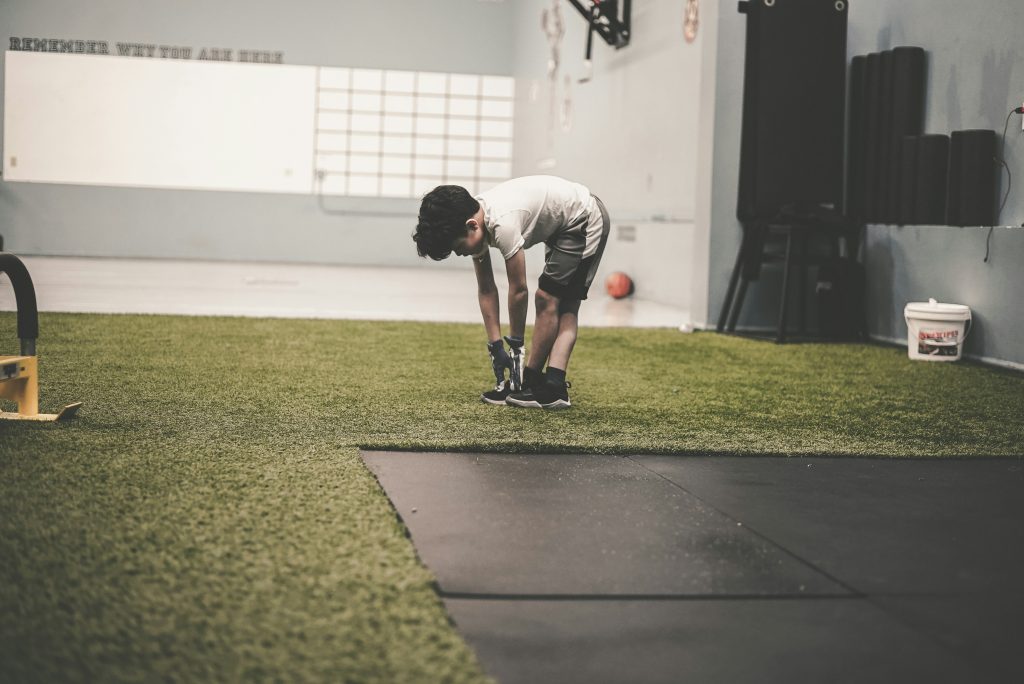JUVENILE ARTHRITIS
Posted on May 5th, 2025 by Andries Lodder
By: Gcina Gumede

Juvenile arthritis refers to a group of autoimmune and inflammatory conditions that cause persistent joint inflammation in children. The most common form is Juvenile Idiopathic Arthritis (JIA), which is diagnosed when arthritis lasts for at least six weeks and begins before the age of 16. Understanding juvenile arthritis is crucial for early diagnosis and effective management to ensure children maintain their quality of life.
The exact cause of Juvenile arthritis is completely understood but it is believed that genetics and environmental factors play a role in it. This condition is more common in girls.
- Genetics: Family history of autoimmune diseases increases the risk.
- Immune System: An overactive immune system mistakenly attacks the body’s own tissues.
- Environmental Triggers: Infections or other external factors may trigger the onset in genetically susceptible individuals.
Symptoms
- Joint Pain and Swelling: Persistent pain, swelling, and stiffness, especially in the morning or after periods of inactivity.
- Reduced Mobility: Difficulty moving affected joints.
- Fatigue: Feeling unusually tired or weak.
- Fever and Rash: Particularly in systemic JIA.
- Growth Delays: In severe cases, arthritis can affect bone growth.
- Eye Inflammation: Conditions like uveitis can occur, leading to redness and pain in the eyes.
Types of Exercises Beneficial for Juvenile Arthritis
- Range-of-Motion Exercises:
- These focus on maintaining or improving joint flexibility.
- Examples: Gentle stretching, yoga.
- Strengthening Exercises:
- Aim to build the muscles around joints to provide better support.
- Examples: Resistance bands, light weightlifting, bodyweight exercises like squats.
- Aerobic or Cardiovascular Exercises:
- Improve overall fitness, heart health, and endurance.
- Examples: Swimming (a great low-impact exercise), cycling, walking, dancing.
- Balance and Coordination Exercises:
- Help maintain balance and reduce the risk of falls or injuries.
- Examples: Balance board exercises, standing on one leg, stability ball activities.
- Water-based Exercises (Aquatic Therapy):
- Particularly beneficial because the water’s buoyancy reduces the impact on joints while still providing resistance to build strength.
- Examples: Swimming, water aerobics
Please feel free to contact us on social media or on our website if you need exercise rehabilitation and our friendly team would be more than happy to assist you.
Tweet